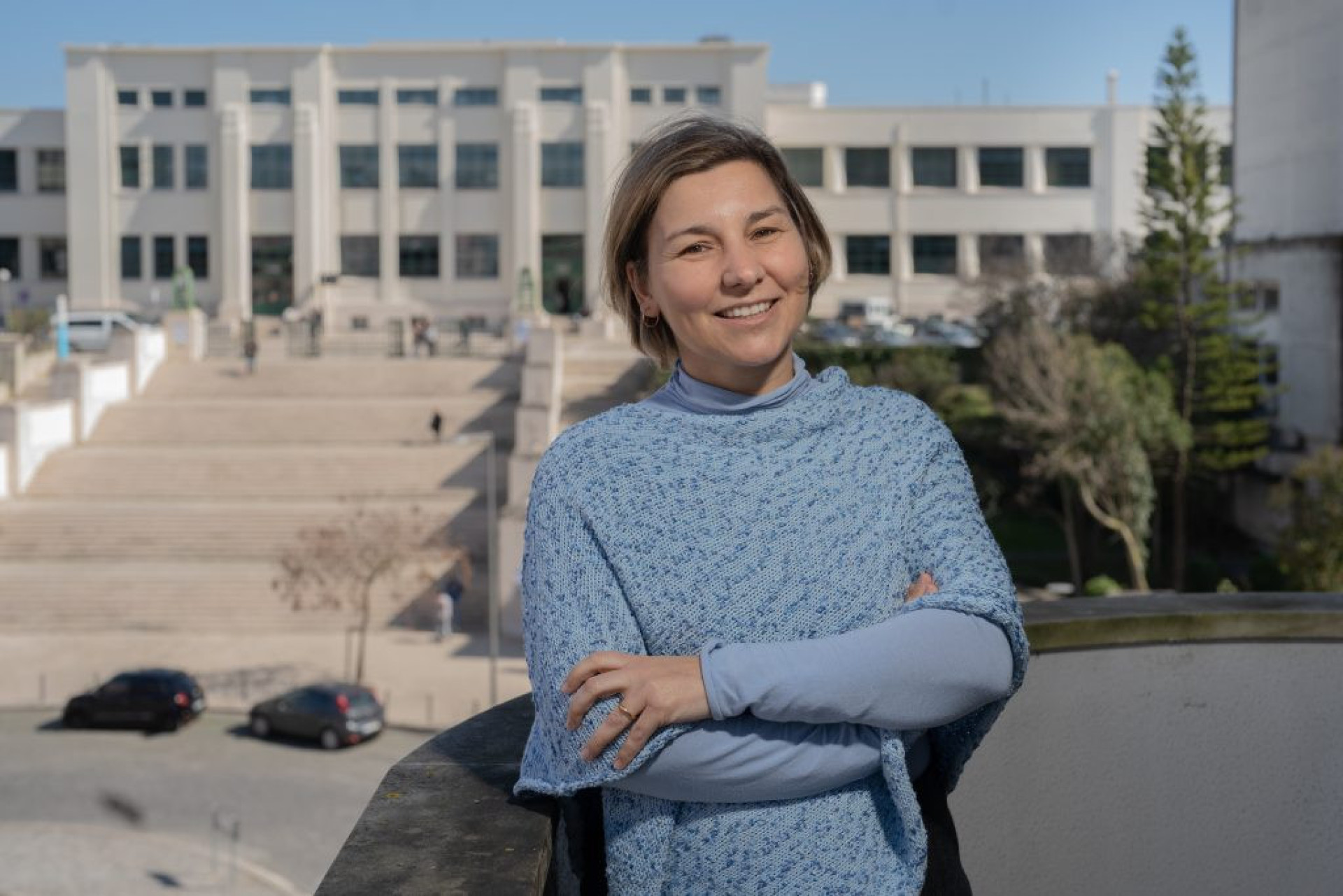TECH
 Enhancing face recognition tools with generative face completion
Enhancing face recognition tools with generative face completion
Researchers at the USC Information Sciences Institute (ISI) in California have recently carried out a study investigating whether completing obstructed faces using artificial neural networks (ANN) to improve the accuracy of face recognition tools. Their study originated from the IARPA Odin research project, which is aimed at identifying true and false faces in images, ultimately to enhance the performance of biometric authentication tools.
Facial occlusions (i.e., an object covering or screening a person's face) may result in a substantial loss of information and thus hinder the performance of face recognition tools. When trying to bypass biometric identification tools, therefore, attackers sometimes wear sunglasses, scarves, hats or other objects that could confuse face recognition algorithms.
"The fundamental idea behind our study is that an attacker might try to use occlusions, such as sunglasses, facial tattoos, etc. to evade facial identification," Wael AbdAlmageed, the principal investigator for the study, told TechXplore. "Essentially, our idea is that if we actually detect these occlusions, remove them and complete the face, as if there is no occlusion, we will essentially make the subsequent face identification algorithms better and more accurate. authentication and measuring the impact of face occlusions on biometric systems. "
Although in recent years, researchers have tried to develop more robust face recognition models, most of these are still unable to handle occlusions. Some studies have tried to enhance the performance of these models by addressing the issue of occlusions during training. Instead of taking this approach, AbdAlmageed and his colleagues decided to explore the potential of models that may automatically complete obscured or covered faces.
"We were trying to show that removing occlusions and completing the missing parts of the face improves the accuracy of any face recognition algorithm," AbdAlmageed said.
The researchers developed an encoder-decoder based on a convolutional operator with a gating mechanism. They then trained this model on several images of occluded faces.
AbdAlmageed and his colleagues investigated the impact of realistic occlusions on the performance of face recognition models by rendering 3-D objects on different face parts and exploring how they affected recognition of the person in a given image. They have been tested for the effectiveness of their encoder-decoder for generative completion in extensive experiments using the Labeled Faces in the Wild (LFW) dataset and its variant LFW-BLUFR. Their findings suggest that face completion can partially enhance the face perception capabilities of machine vision systems as they are processing occluded face images.
"The most important finding is that detecting occlusions, removing them and filling the missing parts of the face are very critical steps towards more secure biometric systems," AbdAlmageed said. "Unfortunately, these are less chartered areas than face recognition itself, but I think our work is trying to bring awareness of the research community to solving these very hard research problems."
The study carried out by AbdAlmageed and his colleagues introduces a viable solution to tackle the adverse effects of face occlusions on the performance of face recognition tools. In the future, their approach could ultimately advance computer vision and biometric authentication tools.
"We are now working on algorithms for detecting different types of occlusions that essentially complete our pipeline," AbdAlmageed said. "This will give us an opportunity to test and evaluate our system in real-life scenarios as we do in the IARPA Odin program."
More information: What is the difference between face recognition? arXiv: 1906.02858 [cs.CV]. arxiv.org/abs/1906.02858

No comments:
Post a Comment